Dr. Gonzalo Venegas has written this column to respond to frequently asked questions about H1N1
What is H1N1 (swine flu)?
H1N1 (previously referred to as "swine flu") is a respiratory illness. This new virus was first detected in people in the United States in April 2009. Other countries, including Mexico and Canada, have reported people sick with this new virus. This virus is spreading from person-to-person, probably in much the same way that regular seasonal influenza viruses spread.
Why was the H1N1 virus originally called 'swine flu'?
This virus was originally referred to as "swine flu" because laboratory testing showed that some of the genes in this new virus were similar to influenza viruses that have occurred in pigs. But further study has shown that this H1N1 virus is very different from what normally circulates in North American pigs. In fact, this strain is unique and was not previously recognized in either people or pigs.
How is H1N1 spread?
Flu viruses generally spread from person to person, often through the moisture in coughs and sneezes. This can happen when droplets from a cough or sneeze of an infected person are propelled through the air and deposited on the mouth or nose of another individual. Influenza viruses may also be spread when a person touches respiratory droplets on another person or an object and then touches their own or another's mouth or nose. You cannot get H1N1 from handling raw pork or eating cooked pork.
Is the H1N1 virus spread through animals?
It appears that the virus is spreading from humans to humans. No evidence indicates that any of the human illnesses resulted from contact with pigs or other animals.
“The Centers for Disease Control has not found any evidence to indicate that any of the illnesses resulted from contact with pigs.
Isn't it better to be cautious?
According to the most reputable health organizations, including the World Health Organization, U.S. Centers for Disease Control and Prevention, U.S. Departments of Agriculture and U.S. Health and Human Services, the H1N1 flu strain cannot be transmitted by eating pork; it is not a food safety issue. To be cautious, you need to take measures to avoid coming into contact with the virus, such as frequent hand washing. Visit elcerdoesbueno.com for more information.
It doesn't seem clear to me.
The facts are clear. The Centers for Disease Control (CDC) has not found any evidence to indicate that any of the illnesses resulted from contact with pigs. The CDC web site states, "Swine influenza viruses are not spread by food. You cannot get swine influenza from eating pork or pork products. Eating properly handled and cooked pork products is safe."
When should I seek medical care?
Signs that you should seek immediate attention include: difficulty in breathing or chest pain, discoloration of the lips, vomiting and inability to keep liquids down, dizziness, absence of urination or seizures.
Can pork be part of a healthy diet?
Absolutely. Lean cuts such as tenderloin and pork chops rival chicken as an ideal protein source. Pork provides many under-consumed nutrients such as potassium, phosphorous and vitamin B12, a vitamin found only in animal foods.
Postscript
Dr. Venegas has been practicing medicine since 1984. He is president of The Venegas Medical Foundation and is active in community organizations including LULAC, The Mexico Institute, Casa Guanajuato and Emmanuel Medical Mission.





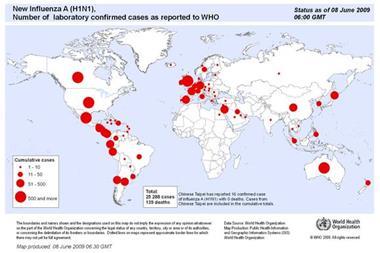
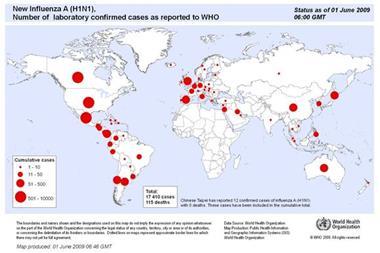
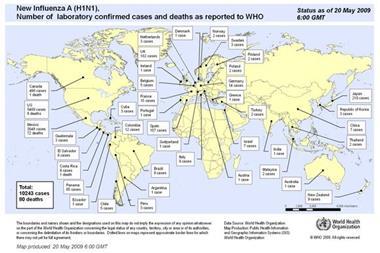
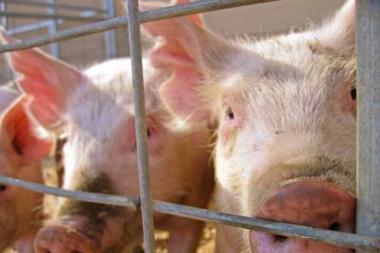
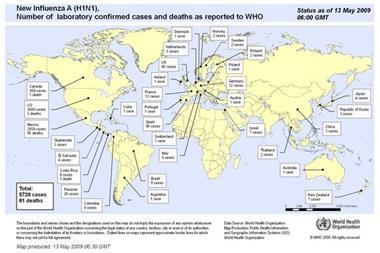









No comments yet